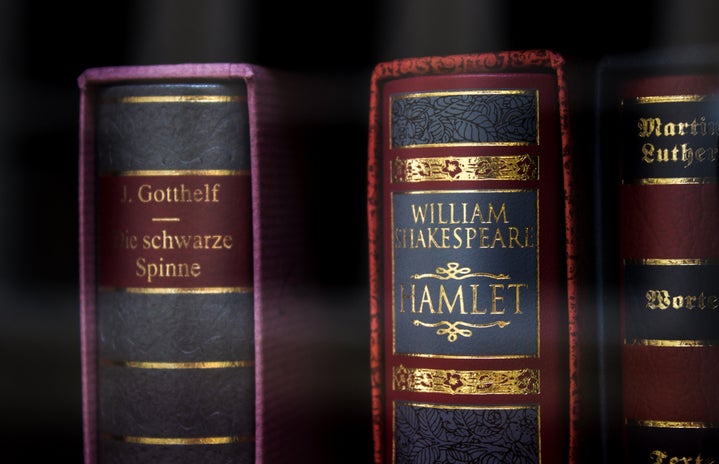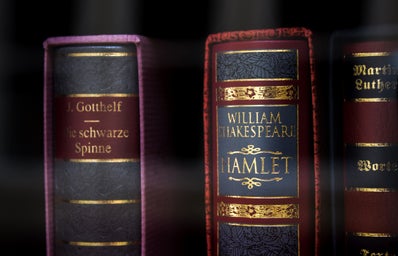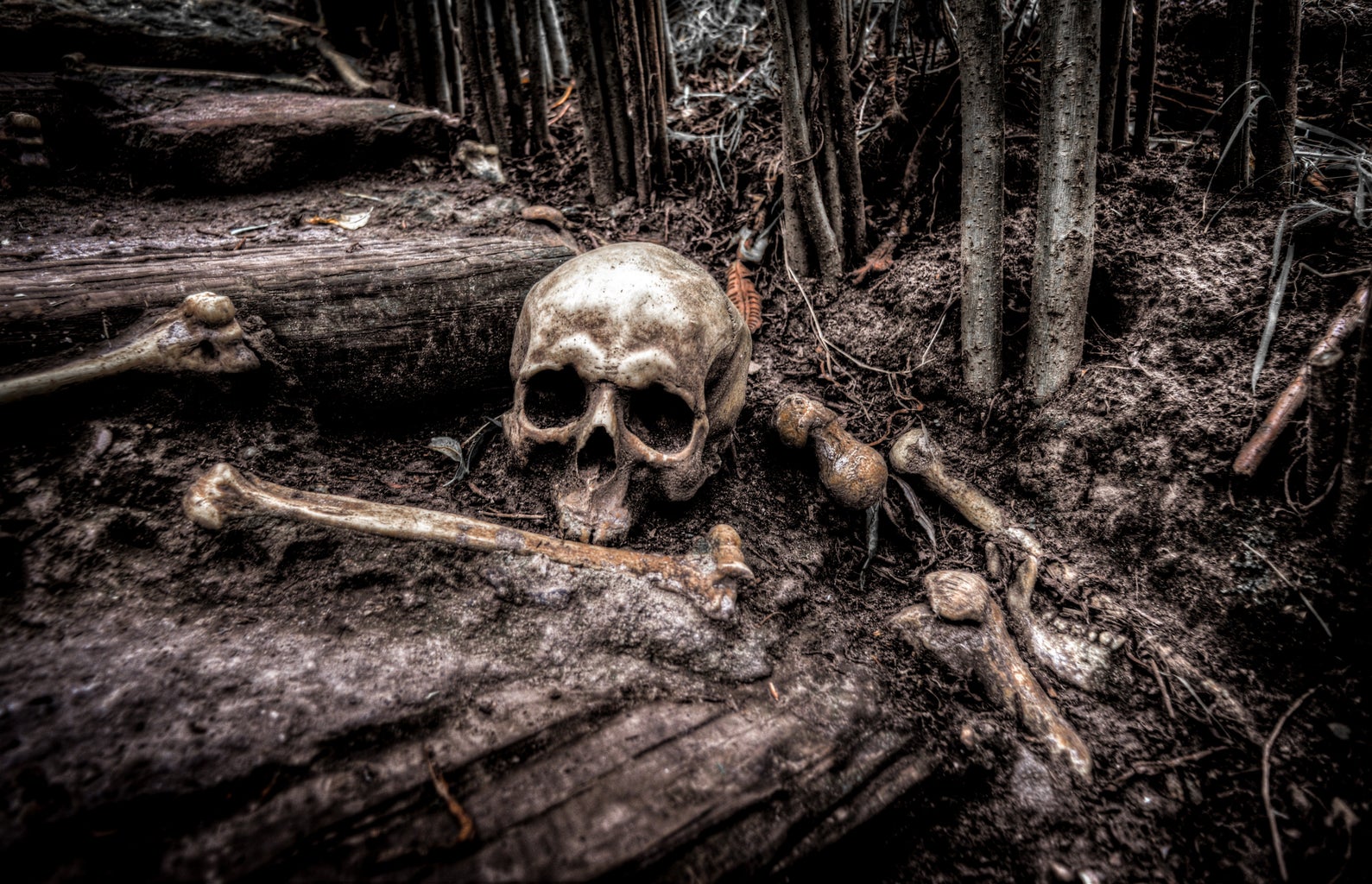In popular culture, the infatuation with vampires is everywhere. The Twilight Series has made over 3 billion dollars throughout its run, and TV shows like The Vampire Diaries have captivated a young audience — predominantly female. The modern vampire is characterized as the height of human perfection. High cheekbones, flawless pale skin, tall, with piercing hooded eyes. Vampires hunt the most ambitious prey: humans.
But why are vampires so worth swooning over? The vampire is mysterious, worldly, at war with himself, and more alluring because of it. Modern vampires want to look and act like humans, but they hide their fangs and deal with inner turmoil. Our 21st century vampire is chivalrous. He possesses controlling and extraordinary traits. He’s bloodthirsty, but he’s sorry about it. What is it about vampires that warrant the obsession and status that they receive? I believe that the vampire embodies our sexual desires and our fears of sex and conflicts of identity.
There is a danger and a thrill of being in a romantic relationship with a vampire. The human-vampire romance is the ultimate submission — the romantic object of the vampire is degraded to the point of literally being food. Is this dynamic just an indulgence that women don’t actually want, or is it something that we unconsciously desire? Is it empowering for women to know they want to be dominated in this way and indulge themselves? Or is it a complete turn back of the clock on sexual and gender politics?
In The Historian by Elizabeth Kostova, the vampire, Vlad Dracula, is a professor and a collector of ancient texts. The historian himself is the vampire. This brings us to another interpretation of the vampire: the most cultured and intellectual being imaginable. In A Discovery of Witches by Deborah Harkness, the vampire, Matthew Clairmont, is literally a graduate student. The mystery revolves around him and his love interest reading ancient manuscripts. Matthew is a wine savant and boasts about the exotic regions of the world he has travelled across many centuries collecting the ancient bottles. These books are from 2005 and 2011 respectively. When Bram Stoker’s Dracula was written in 1897, the Count did not have any care for this type of knowledge. Modern day interpretation has cast the vampire as the ultimate connoisseur.

It is worth mentioning that part of this unequal power imbalance is that the vampire is centuries older than the female love interest. This contributes to the perception that the vampire is doing his love interest a favor by giving her attention. He is older, wiser, and has many more experiences. He could have had anyone that he wanted across time, but he wants you.
There is a certain allure that comes with the toxic romantic relationships of these vampire contemporaries. I believe that the modern vampire satisfies feelings of being wanted — especially by someone who has lived many centuries and had many experiences. Being singled out is an exhilarating feeling. Is this empowering? It is a commonly used device to invoke sexual tension for the innocent girl to fall for the damaged boy who she knows will hurt her — and he knows it too. The vampire is the ultimate bad boy.
The vampire has this power: the ability to achieve what is forbidden, and what is taboo. Especially during the era of Dracula, Victorian readers would have been incredibly disturbed. The unapologetic break of social propriety is what made Count Dracula so horrifying. Eroticism brought out by vampires is linked to sexuality gone wild, specifically male violence and domination, and the fear of female promiscuity. The influence of these sexual desires is present in our own ways as well. When someone is given a hickey, the blood vessels under the skin burst, leaving behind purple-red marks. The drawing of blood and the marking of territory reinforces the domination and ownership. Going back to the indulgence of the vampire romance in popular culture: is it empowering to derive pleasure from being branded, or is it dehumanizing all together to be marked?
As society’s cultural values change, so does the face of the vampire. In the 21st Century, the image of the vampire has changed from grotesque to the incarnation of perfection. With this, our ideas of vampiric eroticism changed from grotesque to acceptable. Is this the power that the vampire holds over us? The villainy of vampires has become more difficult to define as their characteristics change across mass media. They may not even be evil at all. They are simply “misunderstood.” This change parallels society’s feelings towards conformity and diversity of sexuality that have become more acceptable.
Vampires are a vehicle for society to materialize its unspoken desires and beliefs. The characterization and the literal face of the vampire has evolved with our culture and reflects where we stand on sexual freedom and identity. These mediums of culture (like movies, TV shows, and books) are popular because they show what women long for. Elements of vampirism are sexy because they represent an untamed and completely fervent sexual experience, and have infiltrated our culture because of the fantasy. Vampires cannot see themselves in the mirror because they themselves are a reflection of our culture — a symbol of psychological truth.




